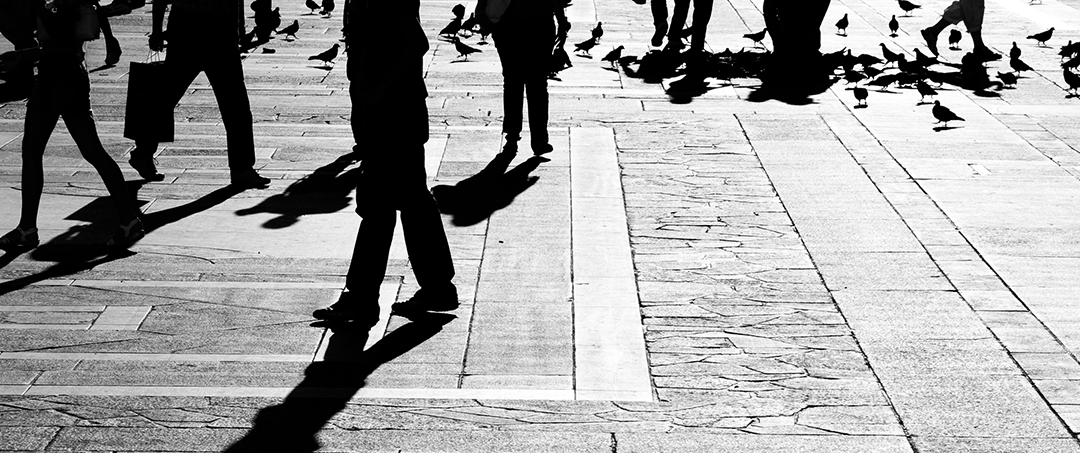The return of hate in recent times is a cause of concern.
Animosity, confrontation, revolts, incitement to violence, have always been unfortunately part of human history. Each community tried to shield itself from the ‘other’, from the unknown, the ‘barbarian’, the external enemy. However, it was often that the foreigner, the one who was different, did not elicit the rejection contained in hate. In general, ‘others’ were ignored, feared out of ignorance about their behaviors of due to their attempts at domination; but in no case that sentiment of hate, repulsion, disgust was predominant in those fighting the influence of other cultures, races or civilizations.
Perhaps the most emblematic trigger of hate speech took place in Germany during the Nazi era where jealousy and permanent criticism of the Jewish population transformed into frontal rejection, hate speech and acts of hate by an impoverished German social class. This led to the worst form of brutality in the history of humanity: The Holocaust.
After World War II, the international community tried to abolish this form of absolute hate to avoid any repetition of those atrocities in the future.
This sentiment of condemnation against what the Jewish people went through is at the base of the San Francisco Conference, where nations gathered to prevent any form of abuse that could lead to the horror suffered by the Jewish community.
It is hard to ignore that wars, violence, destruction and confrontation have been a feature in the past seventy years. It is also hard to pretend that racial discrimination, antisemitism and islamophobia have been eliminated from the international arena. However, at the end of the 20th century and start of the 21st century, hate speech was not as pervasive as it is now.
The proliferation of manifestations of visceral hate, denigration, manipulation, fear and exacerbation of the mistakes made by others, is of concern. All these manifestations are tainted with irrationality. Globalization and the technological revolution have led us to a scenario that we thought to have left behind. Today more than ever, we are witness to the ‘hate of oneself’, to use an expression by Amin Maalouf in his book ‘The shipwreck of civilizations’, where the weakest and most insecure parts of a dehumanized globalized society seem to be those brandishing the most radicalized manifestations of hate speech. The hate against the ‘other’ appears to make them feel stronger. Their ardent appeals try to create a shield to make them feel safe and to protect them against their own frustrations in the short term. However, the day after, once the manifestation of verbal or physical hate has occurred, they are unable to create a modus vivendi that can reduce or eliminate their deepest frustrations.
It is because of all these reasons that the United Nations Secretary-General, António Guterres, proposed the elaboration of a Strategy and Action Plan on Hate Speech to explore preventative tools that can prevent and eradicate hate speech.
In my capacity as High Representative of the UN Alliance of Civilizations, I participated in the working group to elaborate the Strategy and Action Plan on Hate Speech, and its main conclusions will be integrated in the Plan of Action to Safeguard Religious Sites.
Hate that infiltrates societies demonizing and attacking different beliefs, religions and cultures, have to be stopped in its tracks. It is not acceptable that technological progress in the field of communications translates into the propagation of hate speech and total exclusion. Those who use media to this end should be prosecuted and penalized. Freedom of expression has its rights, but also its limits, and the global society of the 21st century cannot tolerate and accept the spread of hate speech.
Differences, discussion, ideological disputes, contrasting opinions and ideas, are valid and reasonable. What is neither valid nor reasonable is the stigmatization of the ‘other’ through hate and violence. Humanity has not made progress during more that twenty-one centuries only to find itself back to the Stone Age, when, moreover, there was violence but not hate.


